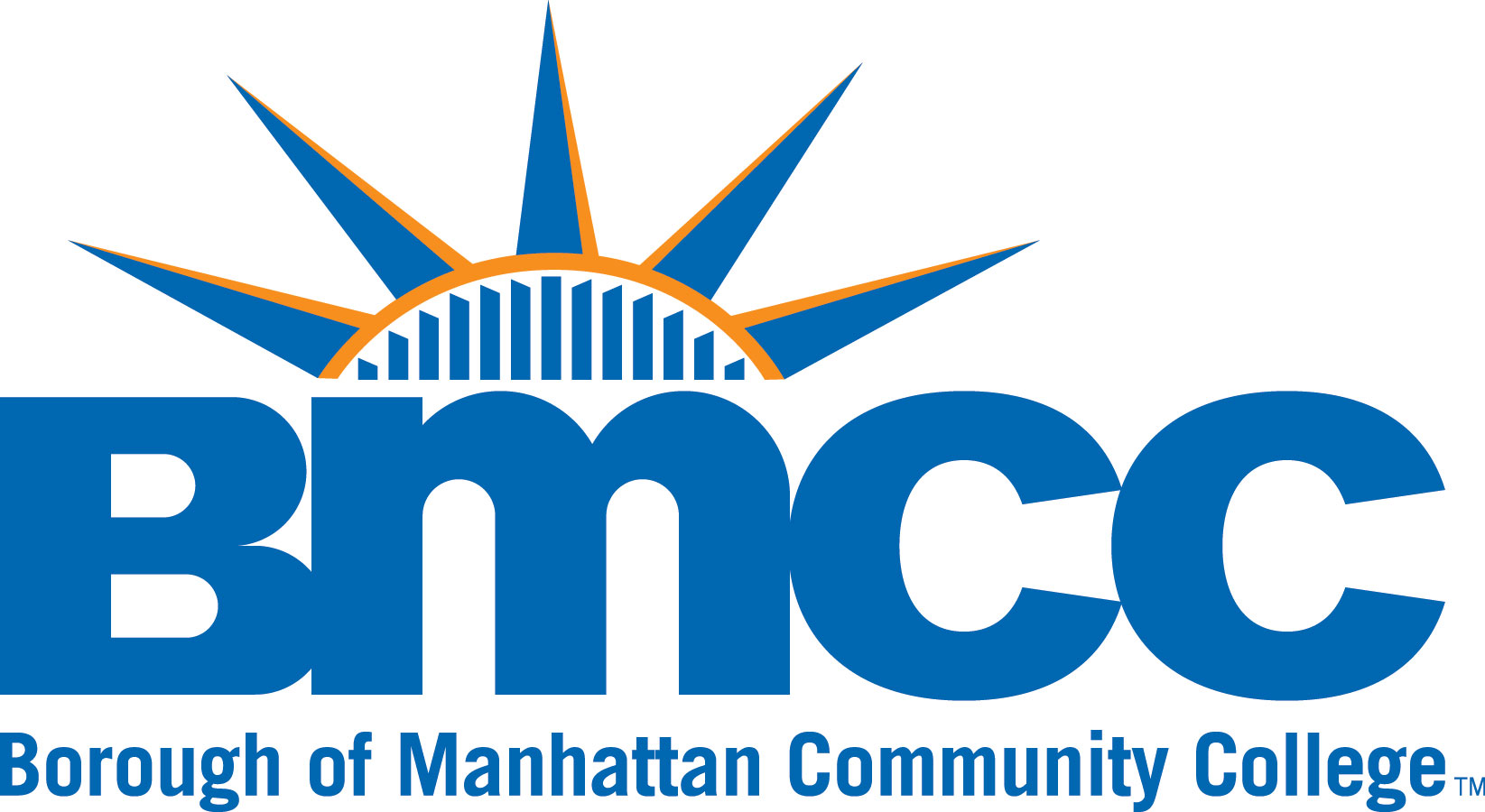Publications and Research
Document Type
Article
Publication Date
12-15-2020
Abstract
Background: Summarization networks are compact summaries of ontologies. The “Big Picture” view offered by summarization networks enables to identify sets of concepts that are more likely to have errors than control concepts. For ontologies that have outgoing lateral relationships, we have developed the "partial-area taxonomy" summarization network. Prior research has identified one kind of outlier concepts, concepts of small partials-areas within partial-area taxonomies. Previously we have shown that the small partial-area technique works successfully for four ontologies (or their hierarchies).
Methods: To improve the Quality Assurance (QA) scalability, a family-based QA framework, where one QA technique is potentially applicable to a whole family of ontologies with similar structural features, was developed. The 373 ontologies hosted at the NCBO BioPortal in 2015 were classified into a collection of families based on structural features. A meta-ontology represents this family collection, including one family of ontologies having outgoing lateral relationships. The process of updating the current meta-ontology is described. To conclude that one QA technique is applicable for at least half of the members for a family F, this technique should be demonstrated as successful for six out of six ontologies in F. We describe a hypothesis setting the condition required for a technique to be successful for a given ontology. The process of a study to demonstrate such success is described. This paper intends to prove the scalability of the small partial-area technique.
Results: We first updated the meta-ontology classifying 566 BioPortal ontologies. There were 371 ontologies in the family with outgoing lateral relationships. We demonstrated the success of the small partial-area technique for two ontology hierarchies which belong to this family, SNOMED CT’s Specimen hierarchy and NCIt’s Gene hierarchy. Together with the four previous ontologies from the same family, we fulfilled the “six out of six” condition required to show the scalability for the whole family.
Conclusions: We have shown that the small partial-area technique can be potentially successful for the family of ontologies with outgoing lateral relationships in BioPortal, thus improve the scalability of this QA technique.



Comments
This article was originally published in BMC Medical Informatics and Decision Making, available at https://doi.org/10.1186/s12911-020-01311-x.
This article is licensed under a Creative Commons Attribution 4.0 International License, which permits use, sharing, adaptation, distribution and reproduction in any medium or format, as long as you give appropriate credit to the original author(s) and the source, provide a link to the Creative Commons licence, and indicate if changes were made.